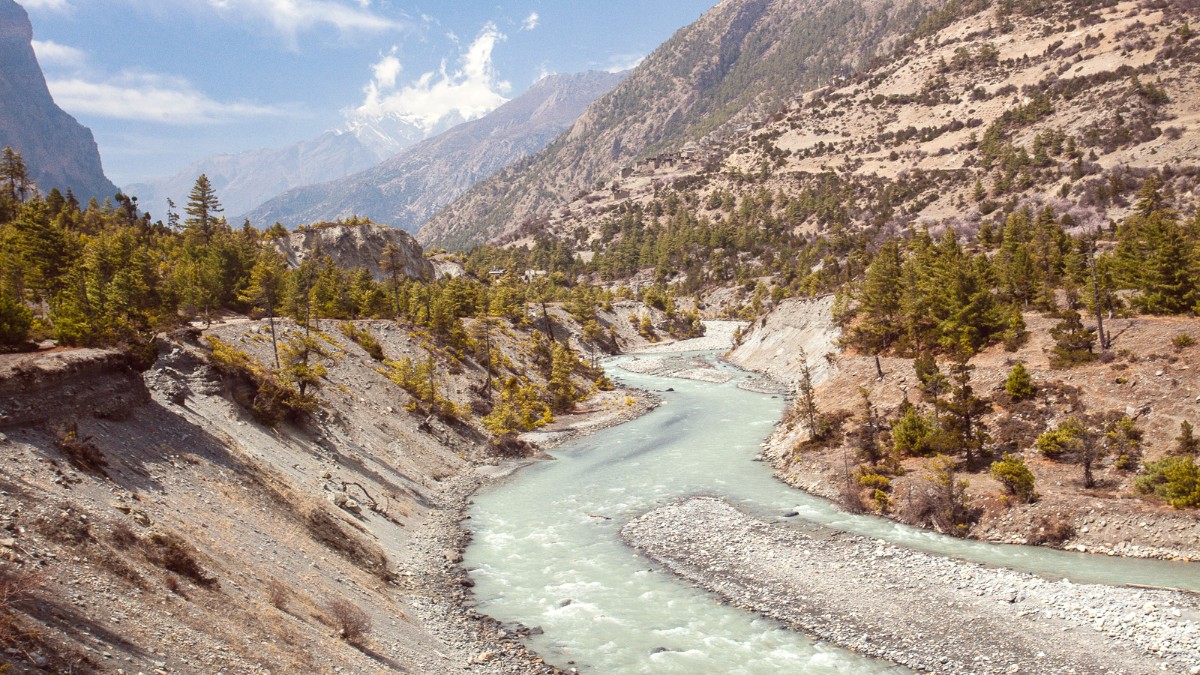
Nepal
Download Nepal maps for offline use, showing trails and tea houses.
Offline Nepali language pack assists in local communication.
Ride-sharing apps in Kathmandu and Pokhara for convenient city travel.
General weather forecasts; mountain conditions change quickly.
Common communication apps in Nepal over Wi-Fi.
Official source for visa information and application forms: Nepalimmigration.gov.np.
General tourism information and travel advisories: Ntb.gov.np.
Information on Acute Mountain Sickness (AMS) and aid posts: Himalayanrescue.org.
Online trekking groups share recent trail conditions and recommendations.
Discover inspiration and cultural context through various media.
Carry a physical, waterproof map (Himalayan Map House or Great Himalaya Trail) as a backup to digital tools. Specialized trekking guides provide detailed stage descriptions and cultural insights.
Explore "The Snow Leopard" by Peter Matthiessen for Himalayan insights, "Into Thin Air" by Jon Krakauer for high-altitude realities, or "Arresting God in Kathmandu" by Samrat Upadhyay for Nepali life.
"The Himalayan Times" and "The Kathmandu Post" are English-language newspapers found in cities, offering local news and cultural events.
Spring (March-May) and Autumn (Sept-Nov) offer stable weather and clear views.
Layered clothing, sturdy boots, sleeping bag, headlamp, and a first-aid kit are basic necessities.
Before departure, print copies of flight tickets, passport, visa, and insurance policy. Save digital copies on your phone and a cloud service. Share these with a trusted contact back home.
Include running, cycling, or swimming in your routine.
Focus on leg and core strength for endurance.
Hike with a weighted backpack to simulate trek conditions.
Familiarize yourself with symptoms and prevention of AMS.
Consult your doctor about altitude sickness medication like Diamox.
Plan for a slow, steady ascent with sufficient rest days.
Ensure your passport is valid for at least six months beyond your departure. Understand Nepal's visa application process (on-arrival or in advance).
Book international flights well in advance, especially for peak seasons. Secure your first few nights in Kathmandu for a comfortable arrival.
Obtain comprehensive travel insurance that covers high-altitude trekking (up to 6,000 meters) and emergency helicopter evacuation. World Nomads is a common provider.
For more detailed etiquette and cultural norms, refer to Section 11.3 Etiquette & Cultural Norms.